Biofeedback therapy is a non-invasive, powerful stress relief therapy that uses real-time feedback on physiological responses like heart rate and muscle tension to teach individuals relaxation techniques. Through visual cues, clients learn to manage stress, reducing its negative effects on mental and physical health. Biofeedback fosters control, enhances resilience, and promotes relaxation, improved focus, and overall well-being. It's a safe and effective method for managing stress, with various techniques like electrodermal activity monitoring and heart rate variability (HRV) training. Success stories and studies highlight its potential as a sustainable solution. Initial sessions involve setting up sensors and learning relaxation techniques, followed by daily practice for significant results. Side effects are mild but may include temporary tension or anxiety; consulting a healthcare provider is crucial for conditions like severe cardiovascular disease or seizure disorders. Future advancements in biofeedback technology promise even more effective stress relief therapy.
Stress is a modern-day scourge, but help is at hand. Biofeedback therapy emerges as a powerful stress relief therapy, offering individuals control over their physiological responses. This comprehensive guide delves into biofeedback’s science, its various techniques, and real-life success stories. Learn how to prepare for sessions, integrate it into daily life, and understand its potential side effects. Explore future prospects in stress management as biofeedback revolutionizes mental well-being.
Understanding Biofeedback Therapy for Stress Management

Biofeedback therapy for stress management is a non-invasive approach that teaches individuals to gain control over their physiological responses, offering a powerful tool in the quest for stress relief. This therapeutic method empowers people by providing real-time feedback about their bodies’ reactions to stressful situations. Through sensors connected to a computer, clients visualize their heart rate, muscle tension, and other bodily functions, allowing them to learn how to consciously regulate these responses.
By understanding their physical cues, individuals can adopt healthier coping mechanisms, reducing the negative impact of stress on both mental and physical health. Biofeedback therapy encourages a sense of mastery over one’s reactions, fostering resilience in the face of stressful triggers. It is a valuable stress relief therapy that promotes relaxation, improves focus, and enhances overall well-being.
How Does Biofeedback Work in Reducing Stress?
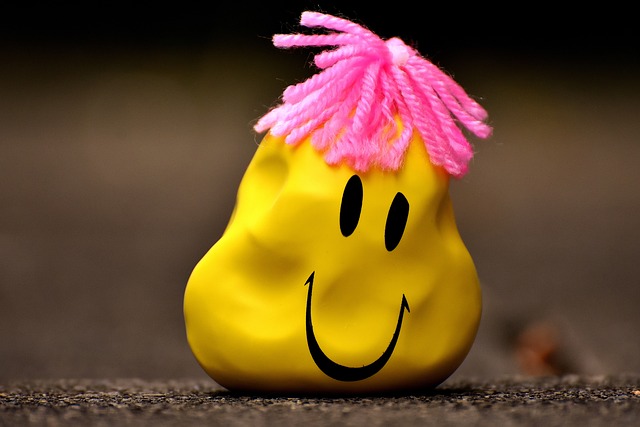
Biofeedback is a powerful tool for managing and reducing stress, offering individuals a way to gain control over their physiological responses. It works by providing real-time feedback about bodily functions, allowing people to learn how to consciously relax their muscles and slow down their heart rate, breathing, and other physical reactions to stressful situations.
During biofeedback therapy, sensors are placed on specific parts of the body, tracking vital signs like muscle tension, skin temperature, and brain waves. These signals are then translated into visual or auditory cues, enabling the individual to see and hear the changes in their body as they occur. Through practice, people can learn to activate relaxation responses, effectively lowering stress levels and promoting a sense of calm. This non-invasive approach has proven effective for many, providing an alternative and complementary method for stress relief therapy.
Types of Biofeedback Techniques for Relaxation
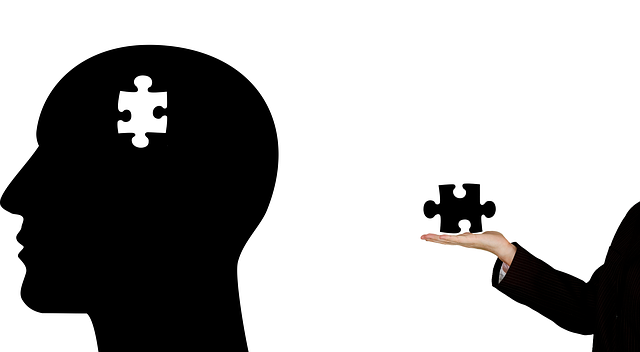
Biofeedback is a powerful tool for managing stress, offering various techniques to promote relaxation and restore mental balance. One of the most common methods involves stress relief therapy through electrodermal activity monitoring. This technique measures physiological responses like skin conductance and muscle tension, providing real-time feedback to help individuals consciously relax their bodies. By focusing on this biofeedback, people can learn to control their stress response more effectively.
Another popular approach is heart rate variability (HRV) training, which utilizes sensors to track heart rhythm. This method teaches individuals to modify their breathing and other physiological responses to increase HRV, a marker of stress resilience. Through practice, people can enhance their ability to calm themselves, making it an effective stress relief therapy for long-term mental health management.
Benefits and Success Stories: Real-Life Stress Relief
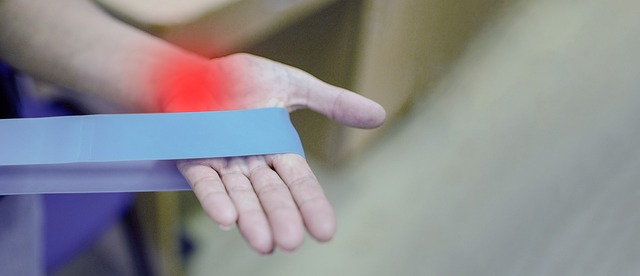
Biofeedback therapy offers a powerful approach to stress relief, empowering individuals to take control of their mental and physical well-being. This non-invasive technique teaches people how to recognize and modify their physiological responses to stressful situations. By providing real-time feedback about bodily functions such as heart rate, muscle tension, and skin temperature, biofeedback allows individuals to learn relaxation techniques that can significantly reduce stress levels.
Success stories from those who have undergone biofeedback therapy are numerous and compelling. Many individuals report a profound sense of calm and improved ability to manage stressful situations after just a few sessions. For example, a study published in the Journal of Clinical Psychology found that biofeedback-based interventions led to significant reductions in perceived stress and anxiety among participants. These positive outcomes highlight the potential of biofeedback therapy as an effective and sustainable solution for those seeking lasting stress relief.
Preparing for a Biofeedback Session: What to Expect
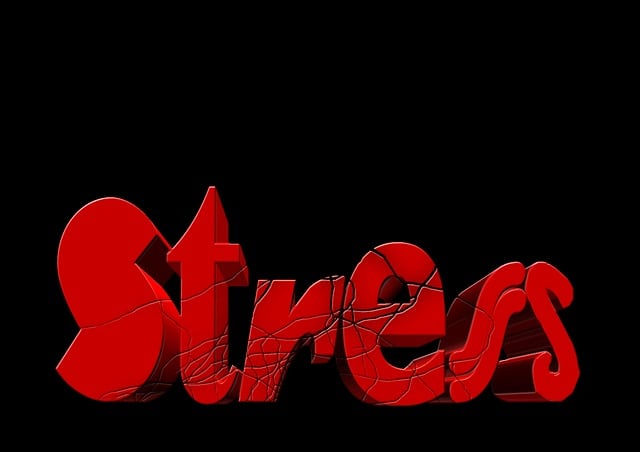
Preparing for your first biofeedback session is an important step in your journey towards stress relief therapy. During this initial setup, a trained professional will attach sensors to your body, typically on your forehead, hands, or feet. These sensors are connected to equipment that monitors your physiological responses, such as heart rate, skin temperature, and muscle tension. It’s normal to feel a bit anxious or curious about the process, but there’s no need to worry; the therapist will ensure you’re comfortable and explain each step along the way. They may ask you to relax, breathe deeply, or focus on specific bodily sensations to help calibrate the equipment accurately.
The room itself should be quiet and calm, free from distractions, allowing you to fully immerse yourself in the experience. You might be shown how to use a control panel to visualize your body’s responses on a screen, which can be a powerful tool for understanding your stress reactions. This preparation phase is crucial as it allows biofeedback to become a personalized, guided practice for managing stress and promoting relaxation.
Integrating Biofeedback into Your Daily Routine

Integrating biofeedback into your daily routine can be a game-changer in managing stress levels. This therapeutic approach empowers individuals to take control of their physiological responses, offering a powerful tool for self-regulation. By dedicating even just 15-30 minutes each day to practice biofeedback techniques, you can significantly enhance your stress relief therapy.
Start with simple exercises like deep breathing and progressive muscle relaxation, which are accessible and effective methods to reduce tension. Over time, expand your practice by exploring different biofeedback tools such as heart rate variability (HRV) training or electroencephalogram (EEG) feedback. Consistency is key; regular integration of these practices into your everyday life will foster a healthier relationship with stress, leading to improved mental and physical well-being.
Potential Side Effects and Considerations

Biofeedback therapy, while generally safe and effective for stress relief therapy, can have some potential side effects to consider. Some individuals may experience mild physical discomfort during the initial sessions as their bodies adjust to the feedback mechanisms. This could include feelings of tension or relaxation in muscles, which might be uncomfortable but are usually temporary. Additionally, since biofeedback involves learning to control physiological responses, there’s a small chance of individuals feeling anxious or stressed if they interpret the feedback incorrectly or become overly focused on achieving specific outcomes.
It’s also crucial to remember that biofeedback therapy isn’t suitable for everyone. People with certain medical conditions like severe cardiovascular disease or seizure disorders should consult their healthcare provider before starting. Furthermore, while biofeedback can be a powerful tool, it may not work for everyone in the same way, and individual results can vary. Success often depends on motivation, commitment to practice, and the guidance of a qualified therapist.
Exploring Future Prospects in Stress Management
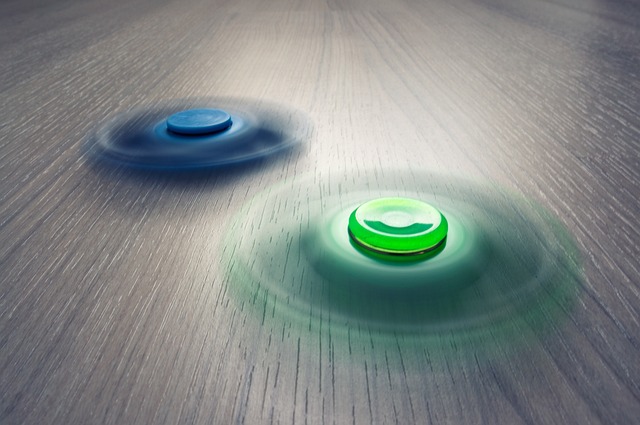
The future of stress management looks promising with biofeedback therapy emerging as a potent tool for achieving stress relief. As research continues to evolve, we can expect more sophisticated tools and techniques that enable individuals to gain deeper control over their physiological responses to stressful situations. Biofeedback is already proving effective in reducing anxiety, lowering blood pressure, and improving overall well-being. With advancements in technology, it’s likely that personalized biofeedback programs will become more accessible and tailored to individual needs, offering a holistic approach to stress management.
This innovative therapy has the potential to revolutionize self-care practices by empowering people to take an active role in calming their minds and bodies. As we delve deeper into understanding the mind-body connection, future prospects may include integrating biofeedback with virtual reality, mindfulness techniques, and other complementary therapies for enhanced stress relief. Such developments could significantly contribute to mental health awareness and resilience-building in our fast-paced world.
